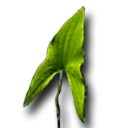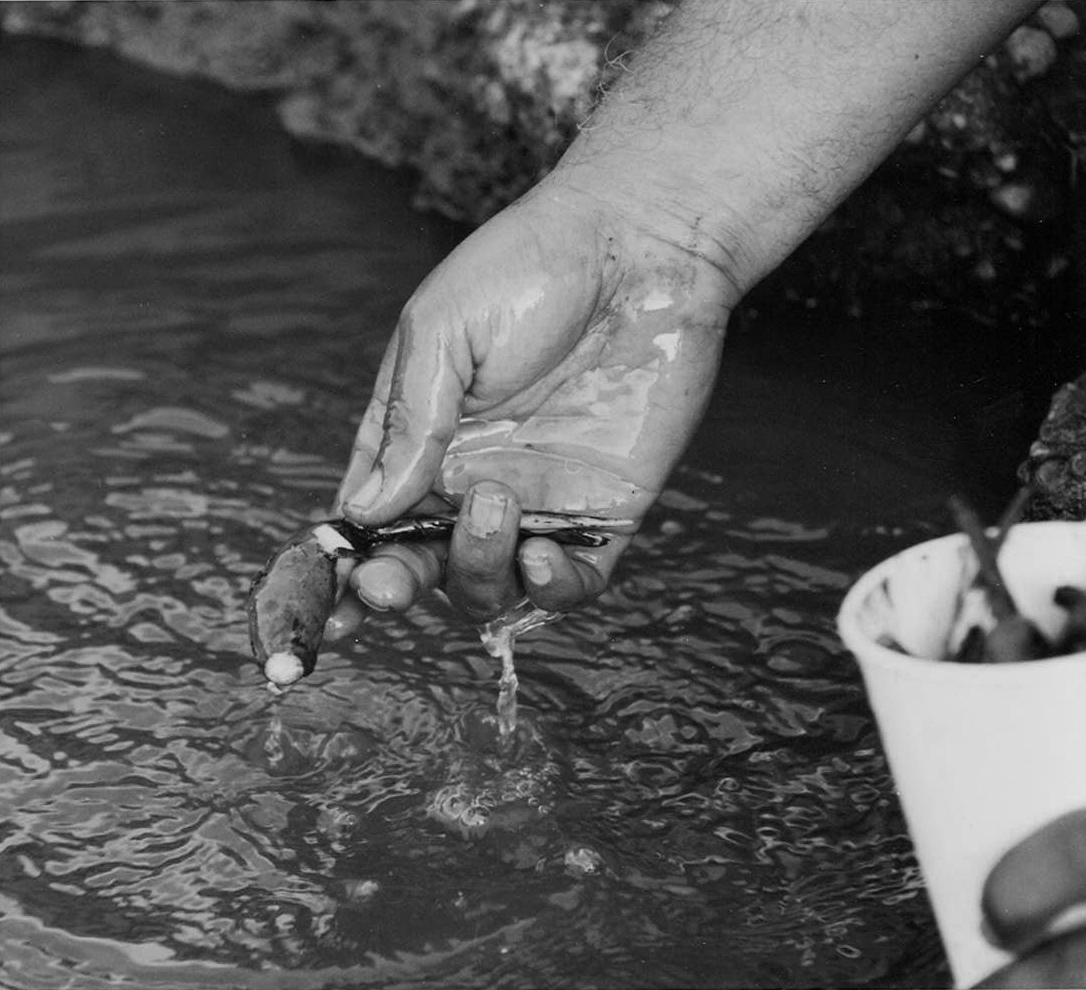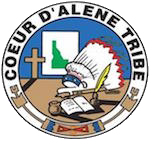‘me‘y‘mi‘y’m “telling stories” #4a
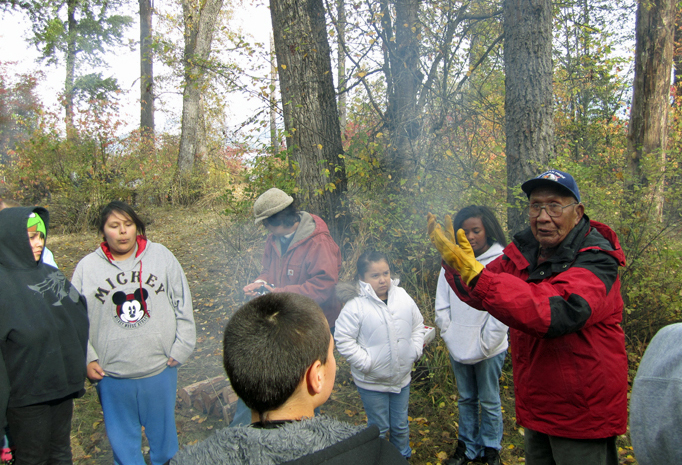
![]() ‘me‘y‘mi‘y’m “telling stories”.pdf
‘me‘y‘mi‘y’m “telling stories”.pdf
As the Schitsu'umsh say, "Our stories came to us from k’u’lntsutn, 'he who creates himself,' the Creator." In the past, before the Jesuits arrived in 1842, and for some Schitsu’umsh still today, they address the Creator as the amotqn, “the one who sits at the head mountain.” In either case, it is the same Creator (Schitsu’umsh and Frey 2001:109-11). The stories have been with the Schitsu'umsh “since time immemorial,” since the time of Chief Child of the Yellowroot, sp’ukhwenichelt, his name literally meaning “son of light.” Sp’ukhwenichelt is one of their culture heroes. Before there were human peoples, he prepared the landscape around Lake Coeur d’Alene for our coming (Schitsu’umsh and Frey 2001”144-151). To engage the full narrative text, see ![]() Chief Child of the Yellow Root.pdf
Chief Child of the Yellow Root.pdf
Within these stories, buried deep within them, are the miyp the “teachings” (Schitsu’umsh and Frey 2001:182-86, 270-71). The miyp are the foundations for the hnkhwelkhwlnet, "our ways of life in the world;” the miyp are the foundations for their culture. They are understood as enduring, solid “bones.” And within any given story there can be many and varied miyp from which to learn; there are many “bones.” The many-layered miyp engrained within a Coyote story could elicit a laugh from and a lesson for old and young alike. The ‘me’y’mi’y’m provided an affective tone to life, as well as a didactic form for life, framed within self-paced instruction linked to a listener’s particular experiences (Aripa, Yellowtail and Frey 1995:171-77). These are the stories handed down from their grandparents, and of their grandparents before them; these are stories “since time immemorial,” with the miyp within each story, steadfast, unchanging.
The Schitsu’umsh classify their narrative oral traditions into the First People/Animal People stories, such as those of Coyote and Salmon, called ‘me‘y‘mi‘y’m q'esp schint, “he/she/they are telling stories and learning about the time before the human beings,” and the stories involving the Human Peoples, such as those of Four Smokes, referred to as ‘me‘y‘mi‘y’m łu schint, “he/she/they are telling stories and learning about the human beings” (Aripa, Yellowtail and Frey 1995:12-13; Schitsu’umsh and Frey 2001:183).
Revealing the miyp. In the act of re-telling their most cherished stories, they attempt to teach our children the miyp, teach them what they will need to know to live their lives, to live life well. In this “3-D Sqigwts Landscape,” also an act of storytelling, we will attempt to teach you, potentially a "perfect stranger," a little of the Schitsu'umsh's ways of life in the world. In the stories the miyp are passed along to the future generations, to even strangers, what is most treasured, what is most important.
Be it the experience of a young Schitsu’umsh of 10 years, or a Schitsu’umsh with a wealth of 60 years of experiences, or be it for a non-Indian scientist, these stories can speak to each person; these are stories that can offer something special, an "ah ha moment." Specific Aesop-like moral commentaries were seldom attached to the stories, "and that is what the story means." The storyteller would not want to emphasize a particular lesson, forgoing the possibility of the many that could have been revealed. As the listener grew in experiences from year-to-year, upon hearing the same stories re-told, new miyp would await discovery. With their wealth of layered and varied miyp, there is always something to be revealed and discovered in the story, something to be disclosed regardless of the age and background of the participant, or, more appropriately, because of it. As a 10-year-old might discover a certain miyp in the story, that same person, now with fifty years the wiser, could have an altogether new miyp revealed in the very same story. The miyp was always there, the difference being in the life-experiences each participant brings into the story, and his or her willingness to listen and participate. But be it a 10-year old or a 60-year old, both must engage the story by being attentive and actively listen, they both must do some work to engage, if the “bones” are to reveal their treasures.
This "revealing" and "discovery" process is best approached and appreciated from a Schitsu'umsh perspective. The English term "discovery," for example, is loaded with many meanings, some of which may mislead and distort that which we seek. What have been the implications of Columbus "discovering" the American Indian? There are two snchitsu'umshtsn (Coeur d'Alene language) terms that better convey the meaning and significance of the "ah ha moment." The first term is chetche'in'nts, "to reveal, disclose, or uncover," implying that something that had been hidden, something that had always been there, is now revealed. And the other term is hischits “it is my discovery," as if unintentional, as if almost by accident, referring to the great effort one must assert by being attentive and listening, all the while not knowing what might result, what might be revealed. And then comes the "ah ha," and you have, through your great efforts, discovered one of the "bones," uniquely appropriate given your particular background and life experiences, "it is my discovery. It is not a "my" in the sense of ownership (aka Columbus), but a "my" in the sense of linking you in particular to the "bones," while acknowledging access to what countless others before you had gained access to. The process of "revealing" and "discovery" is consistent with the interactions between participants, one electing to reveal something to someone else, the other actively paying attention, discovering what might be revealed. When we re-tell our stories, there are thus responsibilities of both the storyteller, and of the story listener, and perhaps of another participant?
The Bones and Flesh of the Stories. The miyp, the teachings, are revealed as the narrative oral traditions are engaged, heard and experienced. The stories are understood by the elders as a “living being,” a “person,” with “flesh and bones.” As one Schitsu'umsh elder has related, a "story is like a person, with a skeleton, muscle and flesh. . . you have to keep all the bones together; you can't add new ones or take away some . . . they all have to be there" (Schitsu’umsh and Frey 2001:191). The story itself, as a living person, has the responsibility to reveal to the other story participants what is embedded deep within. The oral narrative traditions such stories those of Coyote and Chief Child of the Yellowroot Richly, are layered with these essential miyp, with the “bones” (Schitsu’umsh and Frey 2001:191). The bones are inclusive of the narrative’s storyline, it’s essential and perennial teachings, the miyp, as well as its ontology principles that define what is real and true. These are bones that were first established and embedded into the oral traditions and thus landscape by the Creator and by the actions of Coyote and the other First Peoples/Animal Peoples. These are bones and miyp that remain remarkably consistent from telling-to-telling, storyteller-to-storyteller, year-after-after, present-to-since time immemorial, bones established by the First Peoples, such as Coyote and Salmon. While enduring, the bones can be forgotten, only to be re-discovered, re-membered, as in the process akin to what is known by the Greeks as anamnesis. The miyp are to be revealed only in participatory interaction with those who are attentively engaging, and revealed is only what which is relevant and important to story listener.
Bringing the Bones Alive: Techniques of Telling. The “flesh and muscle” of the story involve the processes of re-animation, of bringing “life” back to the bones, to a "living person," to a story. The breathing of life back into a story is accomplished through the techniques and styles of telling used by Schitsu’umsh raconteurs and elders. In doing so, listeners are allowed into a story, as participants of the story. The bones are the enduring and underlying structures that give substance and form to the flesh and thus to the story.
The elders certainly are skilled in incorporating various techniques of storytelling as part of their bringing the story alive (Aripa, Yellowtail and Frey 1995:147-54; Schitsu’umsh and Frey 2001:188-204). These techniques included an array of skills and attributes, such as the inclusion of explicit references to particular locations, to rivers and mountains, to a rock outcropping, and the use of deictics in the narrative texts, phrases like, “here” and “there,” of anchoring the unfolding story lessons to a specific place and landscape. Raconteurs were skilled in using deliberate pauses and voice intonation, and in complementing their auditory communications with body language and hand gesturing. A well-respected Schitsu’umsh storyteller would love to project differing voices for each of the characters of his stories, and especially delighted in the deep burly voice of the Creator chastising Coyote for some misdeed. This multi-dimensional storytelling session was thus a little more akin to a theatrical performance, a play acted out by a raconteur, to Shakespeare enacted, than its script simply though eloquently recited. The stories were also typically inlayed with patterned phrase and scene repetitions, helping build tension within the storyline, emphasizing key points, and assisting in the remembering of the varied and lengthy narratives, a mnemonic devise to keep the “bones” together. It would take Coyote five successive attempts at tricking the Swallow sisters before breaking the damn at Celilo Falls, with each attempt fully described, until succeeding in releasing the Salmon upriver – three and five being the typical pattern for such scene repetitions in Plateau stories. For the Pend d’Oreille of Montana, the extensive use of repetition would contribute to the full cycle of Coyote narratives, with all his adventures and misadventures in going upriver, starting at Celilo Falls on the Columbia, taking three full winter nights to complete the re-telling (Aripa, Yellowtail and Frey 1995:150). Indeed, the stories were re-membered, never memorized, word-for-word, as that was too “rigid and dead.” The appreciation of the re-telling as “re-membered” is so appropriate. There is a re-uniting, a renewed membership, a re-kindling of the kinship with all those within the unfolding story, alive with Coyote and Cosechin, and with fellow listeners.
Along with other techniques, each elder might prefer and rely on a certain set of these skills, differing one storyteller’s style from that of the next. While varied in technique and style, the intent of each storyteller was always the same – to draw the listener into the story as a participant. As a re-membered story, the raconteur could freely adjust a pause here, adding a repetition there, and giving an inflection to that phrase, even adding a phrase or two of local color and relevance, to better engage the listeners. As a “living being,” a “person,” with each re-telling, the story is brought to life (Schitsu’umsh and Frey 2001:191).
Consider the responsibilities of the storyteller. Primary for the elder is that of keeping all the “bones” of the story intact, anchoring the story to the miyp, and of not adding, nor deleting, nor inventing new “bones.” A "story is like a person, with a skeleton, muscle and flesh. . . you have to keep all the bones together; you can't add new ones or take away some . . . they all have to be there" (Schitsu’umsh and Frey 2001:191). The storyteller's goal is also to bring the listeners of the story, i.e., bring “the audience,” into the story as "participants," not as observes of the story. The goal is to render the story accessible. "When you tell the story, you've gotta go inside and become the Coyote, or the Mole. Feel it as they feel it. And as one elder encouraged, "tell the story with heart" (Schitsu’umsh and Frey 2001:191). It is the responsibility of the storyteller to welcome all the listeners, inviting them to participate in the story, regardless of each participant’s background and level of experiences. The techniques of re-telling these ancient stories seek to encourage the participation of everyone. The techniques include the use of voice intonation and inflection, of body-language, of unique idiosyncrasies and gestures, of the spoken word itself, of the very selection of words that make the story accessible to everyone. These are techniques that seek to accommodate the differing experiences, that of a 10-year-old and 60-year-old, that of a Schitsu’umsh and a non-Indian, so that each are welcomed into the story’s landscape. As noted above, appropriately, there are no Aesop-like, single endings attached to the stories, i.e., “and this is what the story means.” As elders have insisted, in doing so could prevent the possibility of the many meanings that are hidden within from coming out.
With their techniques of storytelling, our elders attempt to bring life to the story, adding “muscle and flesh” to the “bones," animate the skeleton with a "beating heart," bring the "person" back to life. A story should move about, be alive, with you participating in it, regardless of your particular background. The “glue” that connects the miyp with the changing and varied participants, is the ability of the storyteller, and of the story listener participants, to connect through a deep understanding and appreciation of the other participants, as if part of one “family.” This dynamic is the capacity to have empathy for someone else, both the human and the animal beings associated with the story. It is snukwnkhwtskhwts’mi’ls, literally meaning “fellow sufferer,” or what can be called “empathy” – a deep understanding of someone else’s condition or situation.
The essential competency the storyteller must have to accomplish the "welcoming" is snukwnkhwtskhwts’mi’ls, this deep understand and ability to project into the characters of the story, be they Coyote and Chief Child of the Yellowroot, and of the miyp they convey. And the storyteller must have the capacity and competency to deeply appreciate and know the varied listeners who are seeking to engage the story, each with their own differing names and backgrounds. He must be able to welcome a diverse audience into the story.
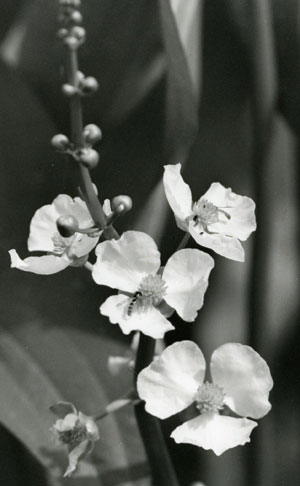
But the stories only come alive, are real and true, full of meaning and vitality, when all participate and contribute; a story is an event of interaction with its participants. And while traveling in the story, the participant must be "attentive" to what “gifts” that may await, to what might be chetche'in'nts, revealed. After all, the "stories are what we explore with" (Aripa, Yellowtail and Frey 1995:172). And should the participants no longer paddle, should they no longer “feel it as [the Animal Peoples] feel it,” no longer “swirl with Coyote,” should they no longer acknowledge to the storyteller their participation in the story, the storytelling would cease, the elder stopping in mid-sentence.
And as with the storyteller, if the listeners are to participate in the paddling, the essential competency is their ability to snukwnkhwtskhwts’mi’ls, to deeply listen and understand, and be able to project into and have a deep appreciation of the characters of the story, be they Coyote and Chief Child of the Yellowroot, be they the Muskrat. Must bring into play empathy for others. Only in doing so can the miyp, these characters embody, be conveyed, be revealed. As you engage the 3-D Landscape, you too will be asked to be attentive, to listen closely, to stmi’sm. You will be asked to participate, to help with the paddling, to do and engage, to 'itsk'u'lm. You are being asked to snukwnkhwtskhwts’mi’ls, to feel what the elder is saying, what the muskrat is showing and sharing with you. You will be asked to apply a little of your empathy to those you encounter along the trail. Only by doing so can the story reveal to you its miyp. Embedded deep within, the "bones," the miyp a wait chetche'in'nts, their revealing, a wait hischits, your discovery.
Copyright: Coeur d’Alene Tribe and University of Idaho 2015.
